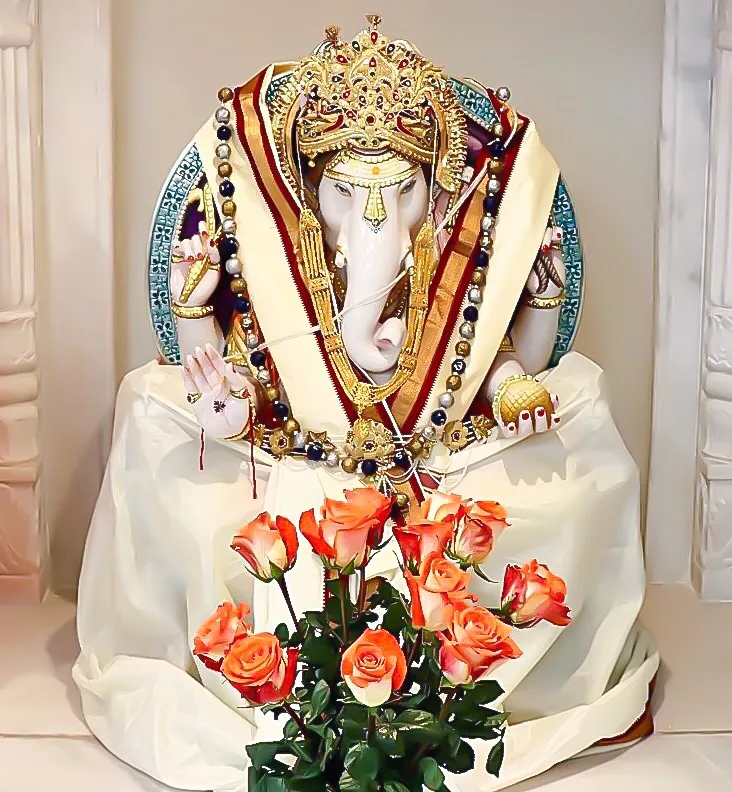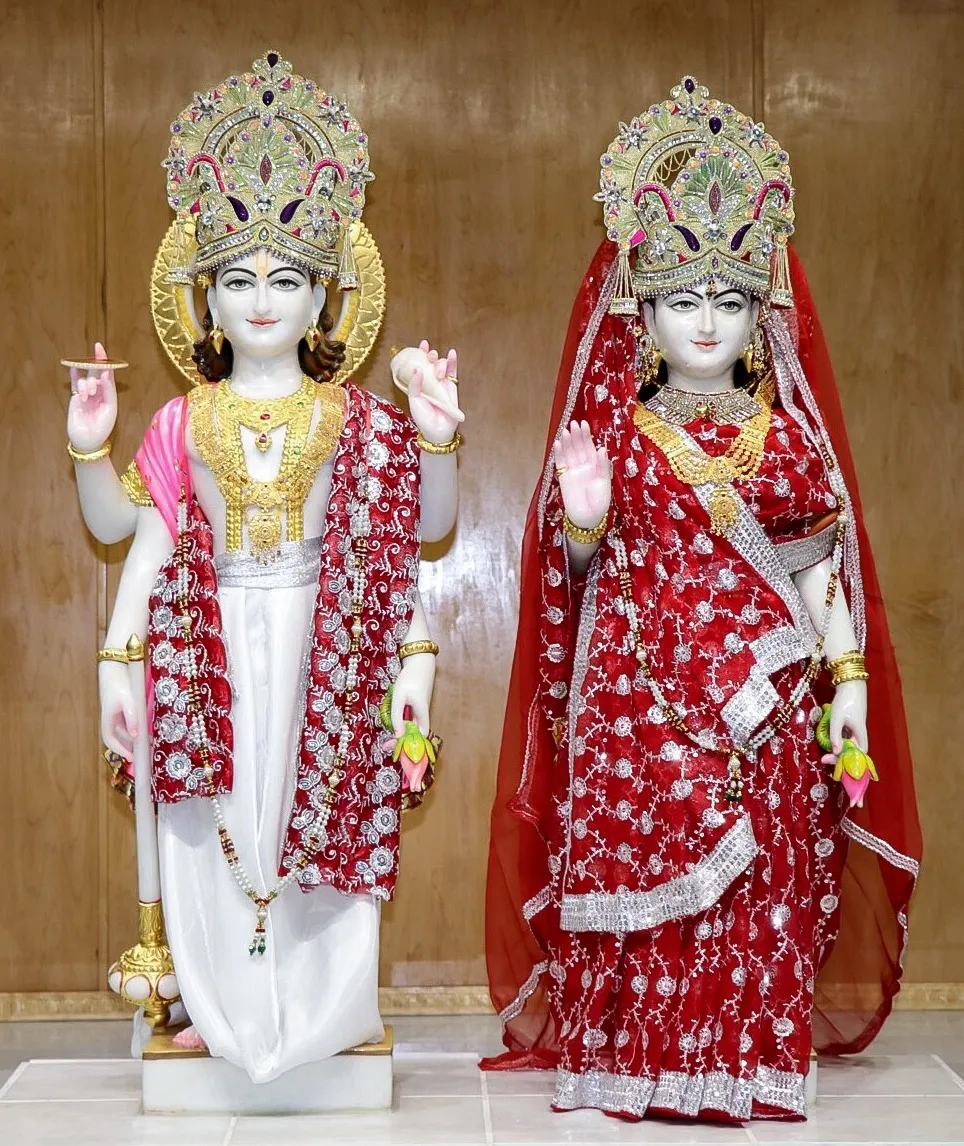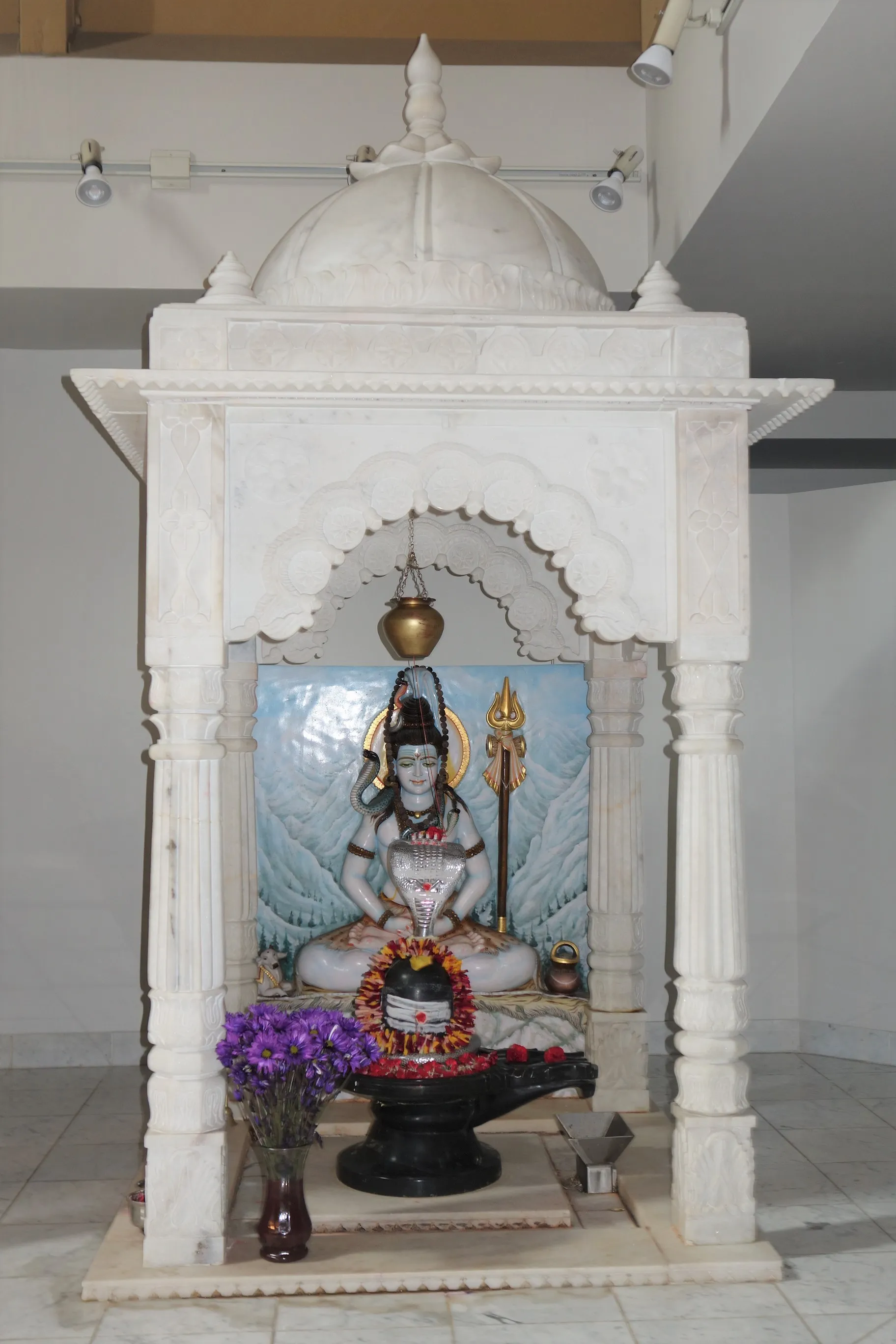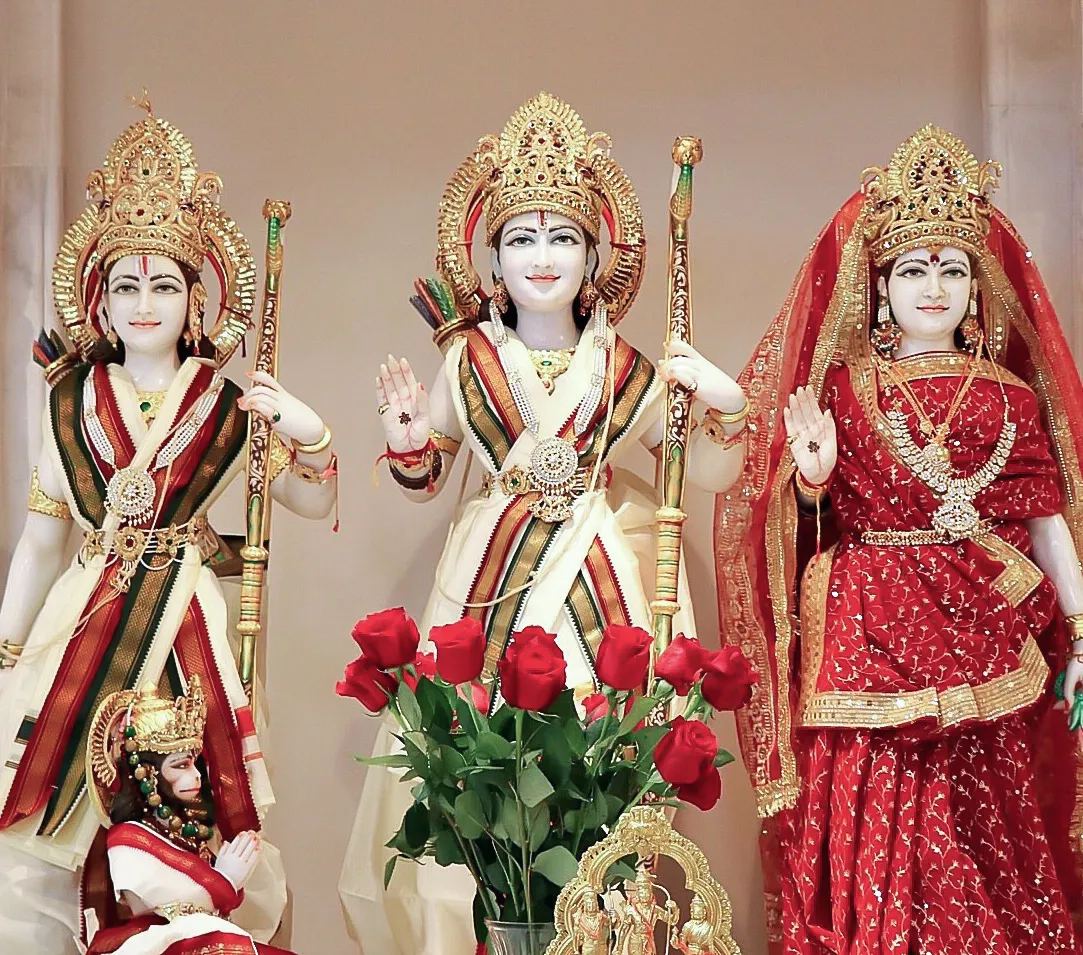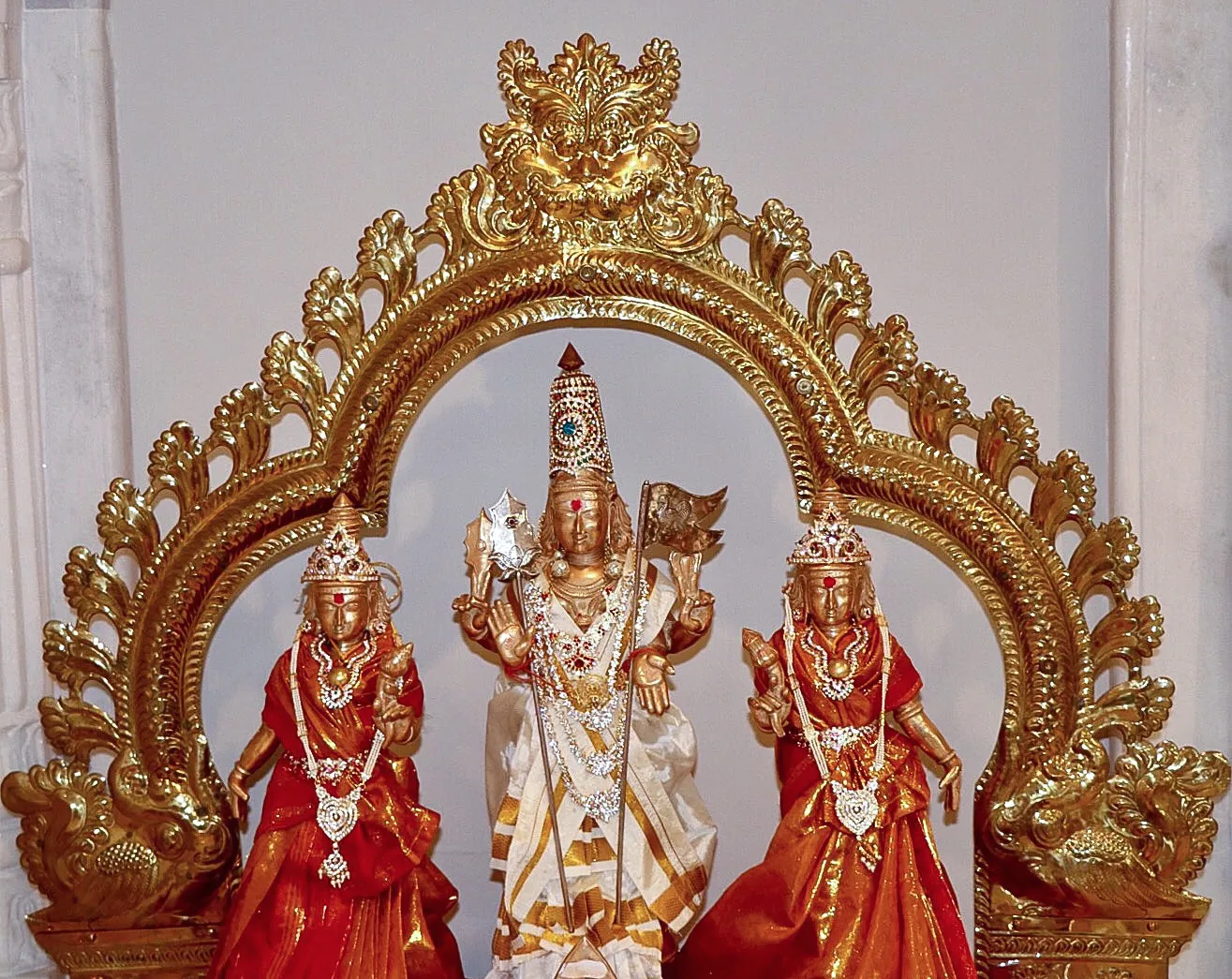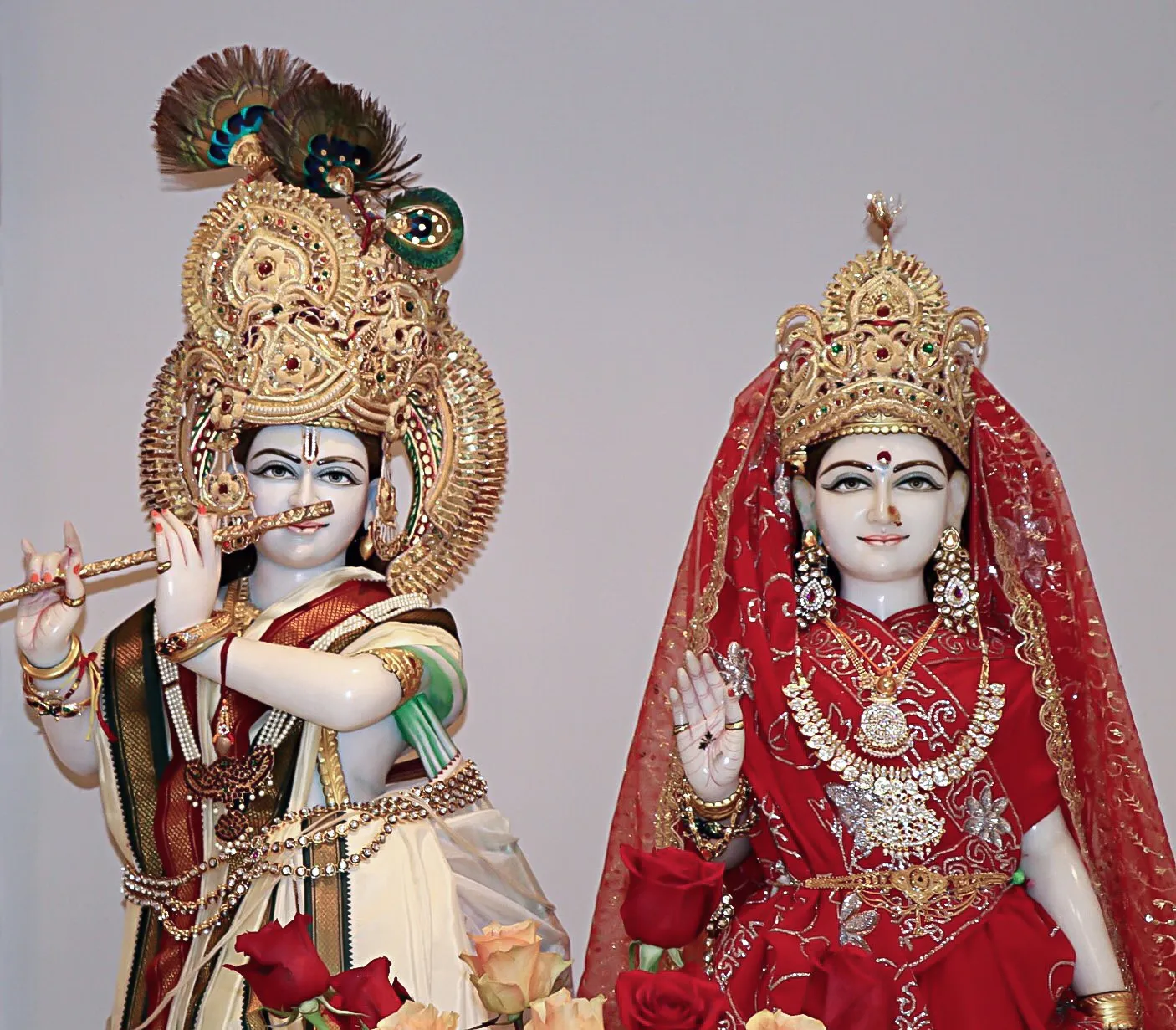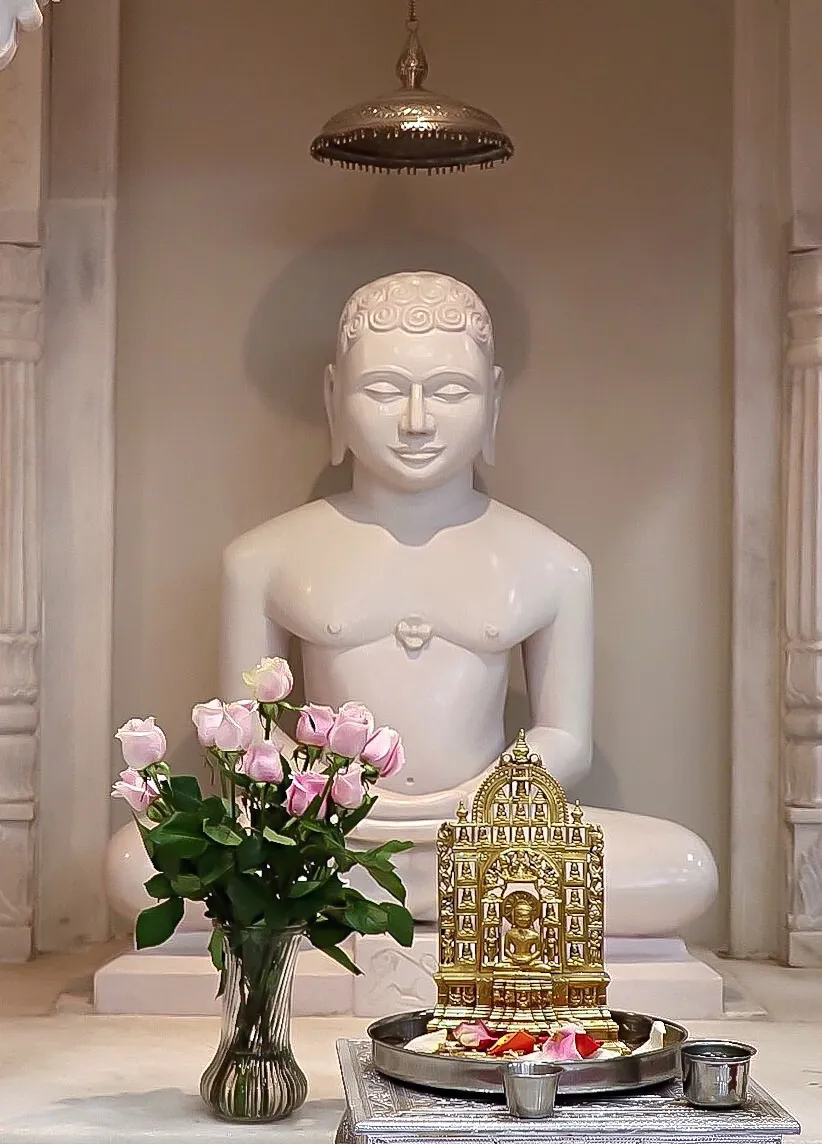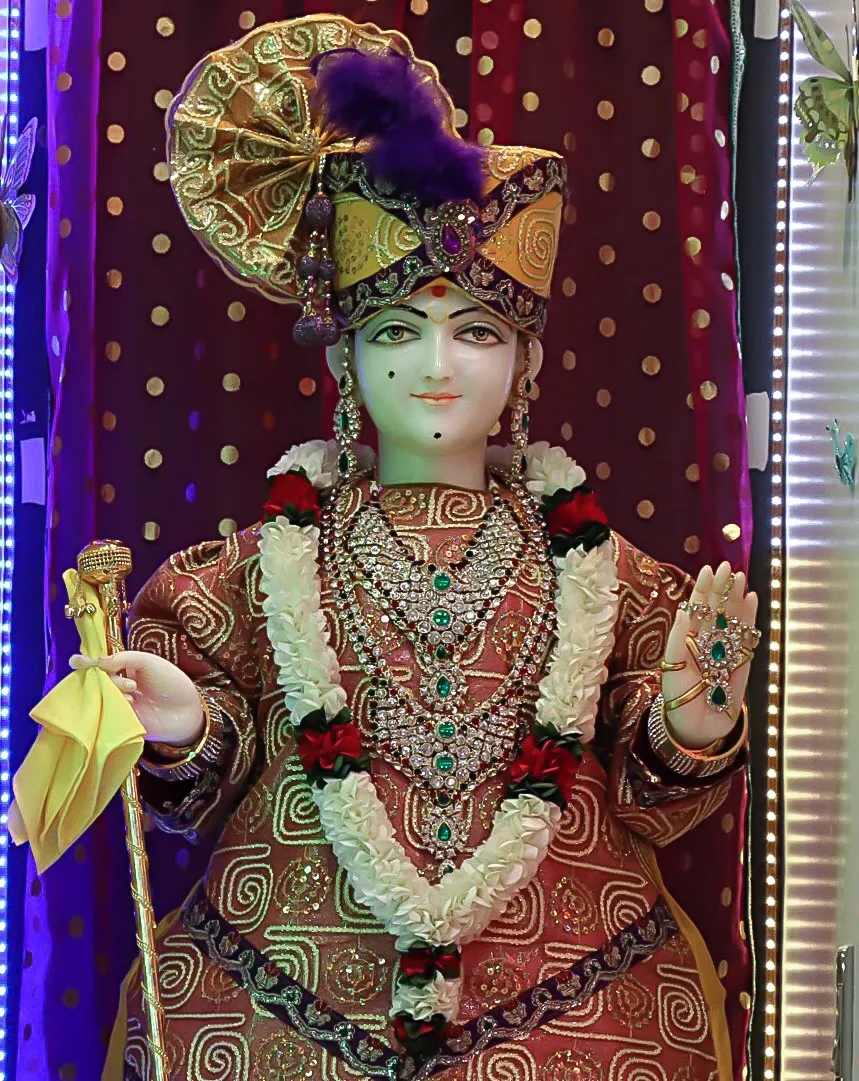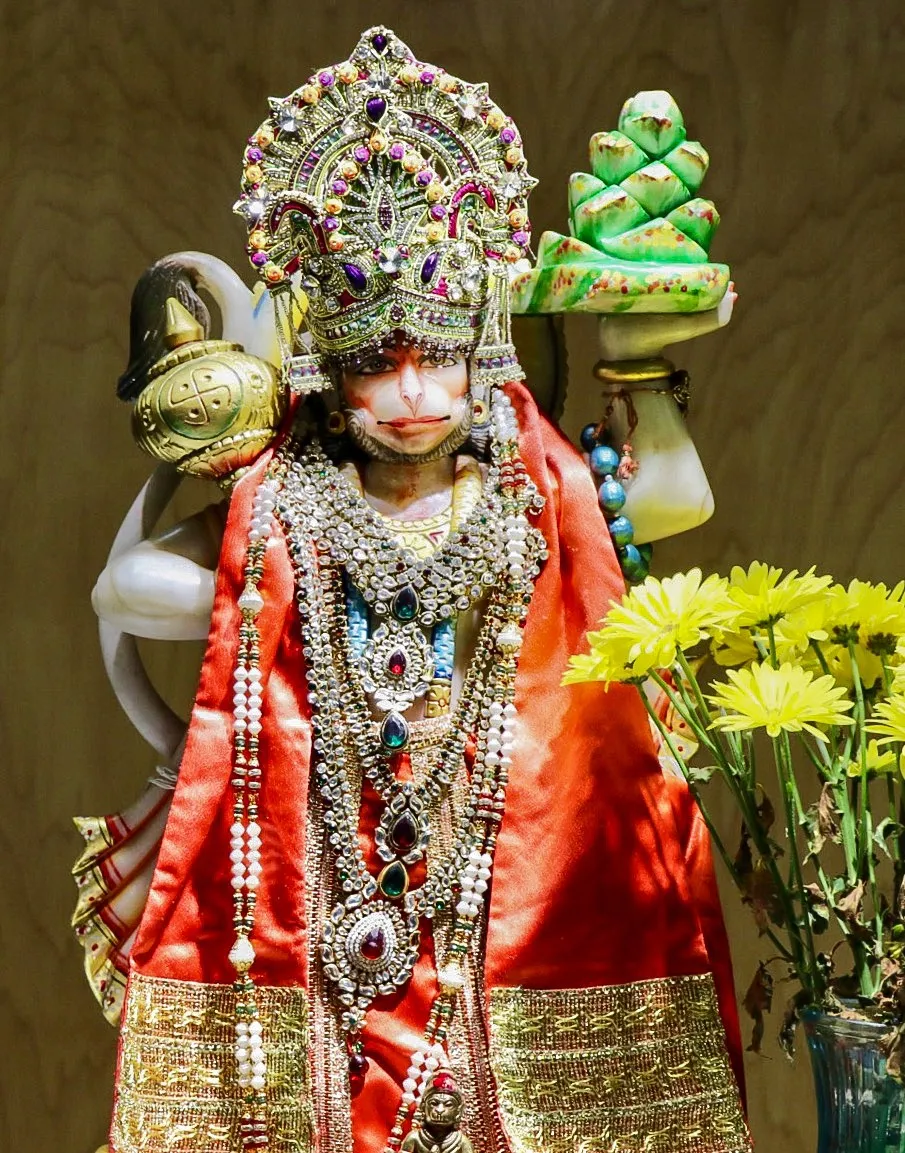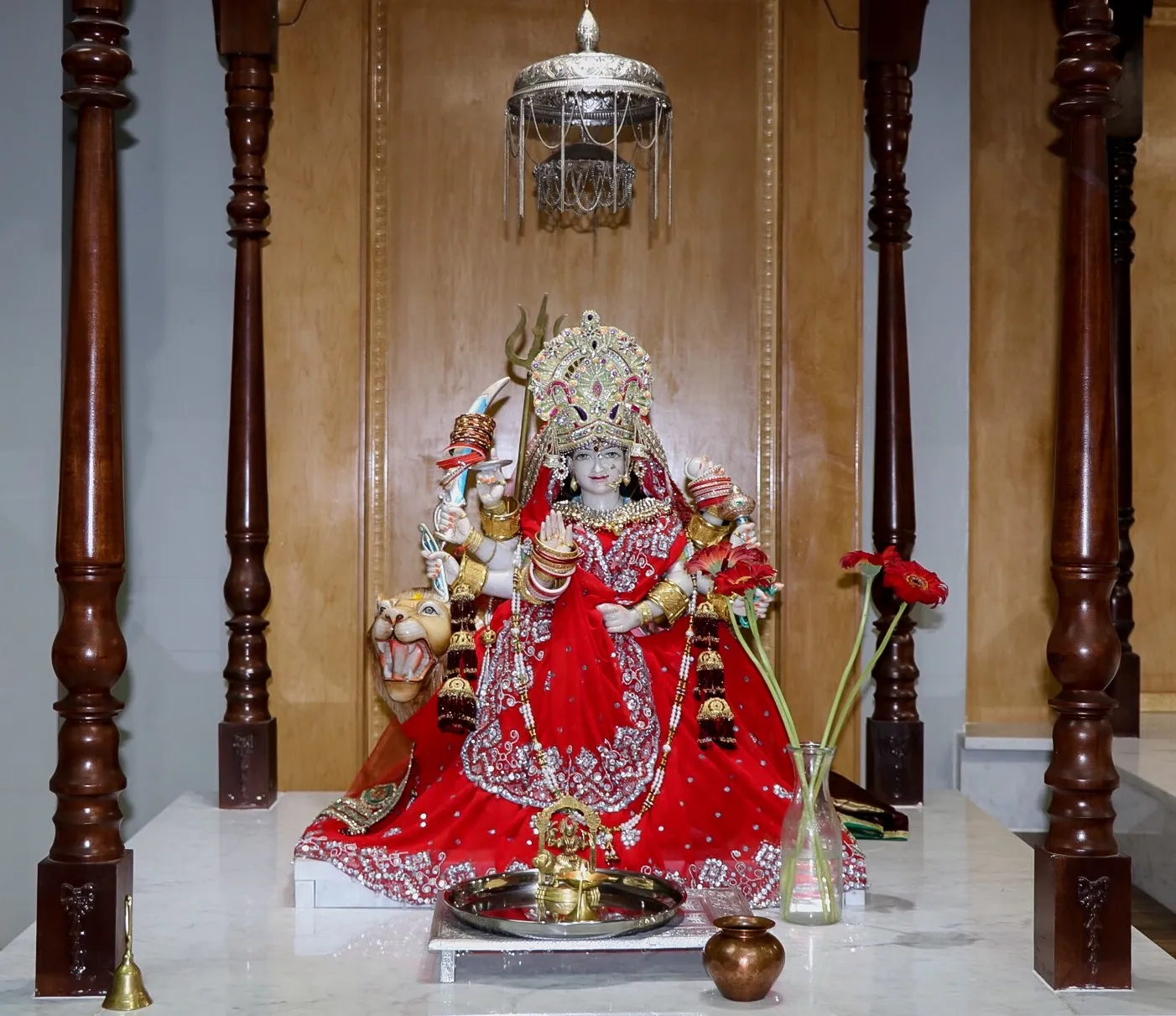Deities at our Temples
As a universal concept Hinduism accepts all formulations of Truth, according to the universal view there is only one reality, but no particular name shape or form can adequately describe that Reality. Though truth is one it is also universal, not an exclusive formulation It is an inclusive Oneness – a spiritual reality of the Supreme Being – Consciousness – Bliss, which could be called God but which transcends all names and forms. The different Gods and Goddesses of Hinduism represent various functions of this One Supreme Divinity, and they are not separate Gods. Acceptance of other faiths, tolerance and pluralism are obvious corollaries to this great socio-religious principle of antiquity, Around the 6th century BC, the great Hindu philosopher, Adi Shankara grouped the various forms of worship in Sanatana Dharma (Eternal code of conduct, Hinduism) into six sects (Shanmathas).
-
 The devotion to Lord Vishnu.
The devotion to Lord Vishnu. -
 The devotion to the Sun God, or Fire.
The devotion to the Sun God, or Fire. -
 The devotion to Sri Shakti (Durgaji).
The devotion to Sri Shakti (Durgaji). -
 The devotion to Lord Kartikeya
The devotion to Lord Kartikeya

